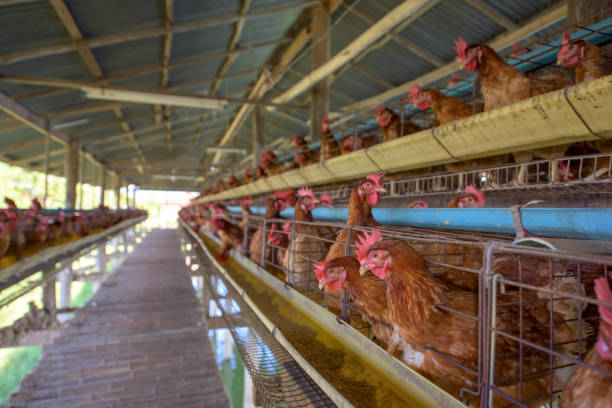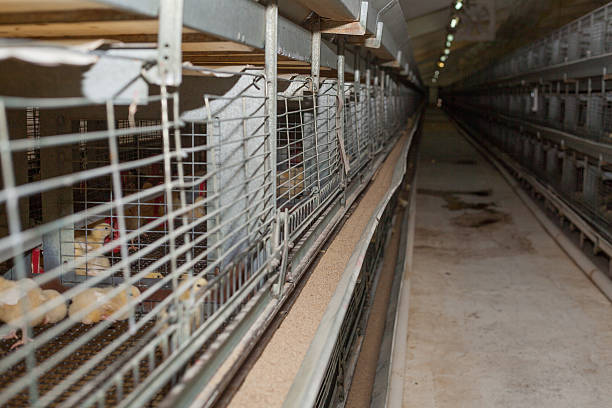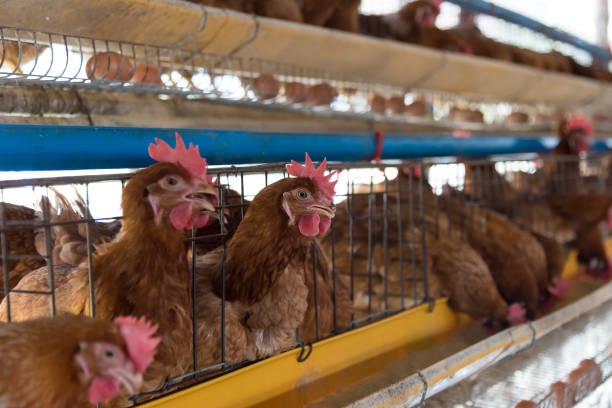Best Cage Layout for African Layer Farms
Best Cage Layout for African Layer Farms
Setting up a successful layer farm in Africa comes with unique challenges and opportunities. From climate conditions to feed availability and labor costs, every factor plays a role in determining your farm’s long-term profitability. One of the most critical decisions you’ll make is choosing the right cage layout for your laying hens. A well-designed cage system not only improves egg production but also enhances bird health, reduces mortality, and simplifies daily management. For African poultry farmers, where resources can be limited and environmental control more difficult, picking the best cage layout isn’t just about efficiency — it’s about survival and sustainability.
At Livi Machinery, we’ve worked with farms across Kenya, Nigeria, Ghana, Tanzania, and South Africa, helping producers design smart, scalable, and cost-effective layer housing systems. Based on years of field experience and feedback from real-world operations, we’ve identified key principles that define the “best” cage layout for African conditions.
Smart Design: Maximizing Space Without Compromising Welfare
The first thing to consider is space utilization. Many small and medium-sized farms in Africa operate on tight land budgets, so using every square meter wisely is essential. However, cramming too many birds into a confined area leads to stress, disease outbreaks, and lower egg output. The key is balance — high density without overcrowding.
For this reason, we recommend multi-tiered battery cage systems arranged in double or triple row configurations. These layouts typically feature 3–4 tiers per unit, with aisles between rows for easy access to feeding, cleaning, and egg collection. This setup allows you to house hundreds or even thousands of hens in a relatively compact building while maintaining good airflow and worker accessibility.
In hot climates — common across much of Sub-Saharan Africa — ventilation becomes crucial. That’s why we advise placing cages perpendicular to the longest side of the shed, allowing cross-ventilation through windows or fans. Avoid lining cages all along one wall like a single-file hallway; instead, split them into parallel lines with central walkways. This way, fresh air circulates evenly, reducing heat stress during peak temperatures.
Another advantage of tiered cages? You’re not just going upward — you’re gaining floor-level space below for manure trays, storage bins, or even future expansion. In areas where construction materials are expensive, vertical farming makes financial sense.
Durable Materials Built for Local Conditions
Let’s talk about what the cages are made of — because no matter how well-planned your layout is, poor quality materials will ruin everything. In Africa, humidity, dust storms, termite infestations, and salty coastal air (in regions like Mombasa or Lagos) can wreck flimsy metalwork within months.
That’s why Livi’s cages come galvanized steel — not painted iron or thin wire mesh. Galvanized steel resists rust and corrosion far better than alternatives. Even if a storm hits or washing down the house gets intense, these cages won’t degrade quickly. They’re engineered to last over 10 years under tough conditions, which means fewer replacements and less downtime.
We also reinforce the base structure with heavier gauge tubing at support points. Why? Because uneven ground or frequent cleaning often weakens bottom frames. With stronger foundations, the entire system stays level and stable, preventing injuries to both birds and staff.
And don’t overlook ease of maintenance. Our cage designs include removable manure trays, sliding egg rollers, and modular sections so you can replace one damaged panel without scrapping the whole unit. This modularity saves money and time when repairs are needed — something African farmers appreciate deeply when spare parts aren’t readily available locally.
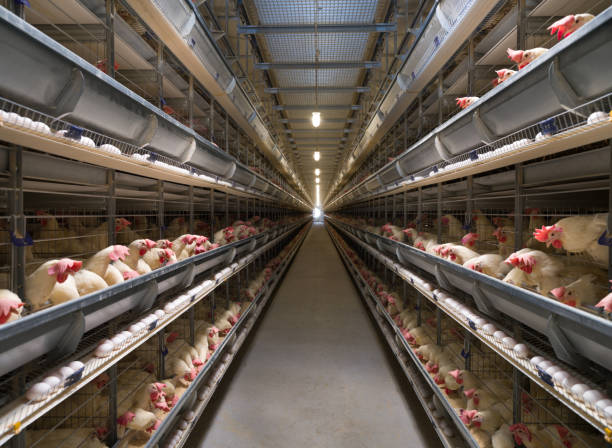
Smart Features That Save Labor and Boost Output
Labor is another major concern across African farms. Finding skilled workers can be hard, and training takes time. So automating as much as possible helps keep operations running smoothly.
That’s why modern cage layouts should integrate semi-automatic features wherever practical. Think automatic feeding lines running along each row, nipple drinkers connected to centralized water tanks, and conveyor belts under the manure trays to remove waste daily without manual shoveling.
Even egg collection can be simplified. Instead of staff collecting eggs by hand from different levels — which risks breakage and back strain — our top-tier models include gentle rolling trays that guide eggs safely to one end of the house. There, they rest in soft baskets ready for packing. Fewer broken eggs = higher profits.
Temperature control matters too. While full AC cooling may not be feasible everywhere, adding simple shade nets, roof insulation, and attic ventilation drastically improves hen comfort. Hens lay best between 18°C and 25°C. Go above that, and egg production drops sharply. That’s why in northern Nigeria or Sudan, where summer temps hit 40°C+, we suggest installing misting systems near inlet vents or using evaporative cool cells.
Also, lighting shouldn’t be an afterthought. We design our houses with consistent light distribution using LED tubes spaced evenly above each tier. Timers ensure 16 hours of light per day — vital for stimulating egg-laying cycles. Natural sunlight helps, but rainy seasons disrupt patterns. Consistent artificial light prevents drops in yield.
Ready to Build a Better Layer Farm?
Choosing the best cage layout isn’t just about copying what works abroad — it’s about adapting global best practices to fit African realities. It means balancing productivity with affordability, durability with practicality, and automation with available infrastructure.
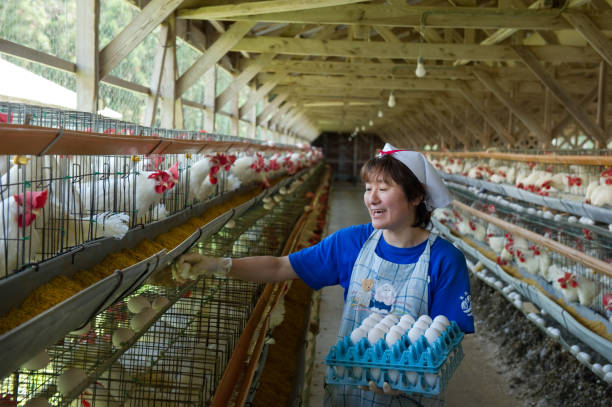
If you’re planning a new layer project or upgrading an existing one, we’d love to help. At Livi Machinery, we offer free site assessments and custom layout plans tailored to your location, flock size, and budget. Whether you’re starting with 500 layers or scaling up to 50,000, our team can guide you step-by-step — from shed design to equipment delivery.
Tell us your goals, and we’ll send a detailed proposal with 3D layout sketches, material specs, and pricing options. Click below or leave your phone number and country code, and one of our experts will call you within 24 hours. Let’s build smarter farms together — because better eggs start with better cages.
Frequently Asked Questions
What’s the ideal stocking density for layer cages in Africa?
Most farms do well at 4–5 hens per square meter in battery cages. Overcrowding increases aggression and cuts egg production. Make sure each bird has enough space to move, eat, and drink comfortably.
How many tiers should my cage system have?
Three-tier systems are the sweet spot for most African farms. They maximize space while still being manageable for workers. Four tiers work for larger commercial setups but require taller sheds and more complex egg collection.
Can I install automated systems off-grid?
Yes! Many of our clients use solar-powered motors for feed conveyors, egg belts, and water pumps. We design compatible systems that run efficiently on alternative energy sources.
Are cage-free systems better for Africa?
Not necessarily. While cage-free sounds appealing, they require strict biosecurity, bigger buildings, and constant monitoring — which can be costly. For now, well-managed battery cages remain the most practical option for consistent production.
How do I prevent heat stress in my layer house?
Use insulated roofing, add ridge vents, install fans or cooling pads, and avoid direct afternoon sun exposure. Painting roofs white reflects heat. Also, provide cool, clean drinking water at all times.
What kind of foundation does the cage system need?
Cages should sit on a dry, level concrete floor. Uneven surfaces cause misalignment, leading to stuck rollers and broken trays. If building on soil or sand, pour at least a 10cm concrete slab.
Do you ship directly to rural areas in Africa?
Yes, we partner with logistics companies that deliver to remote towns across East, West, and Southern Africa. We also pre-assemble key components to reduce on-site labor.
Can I expand my farm later?
Absolutely. Our cage systems are modular — you can add more units in parallel or extend existing rows. Just plan your electrical, water, and waste systems with growth in mind.
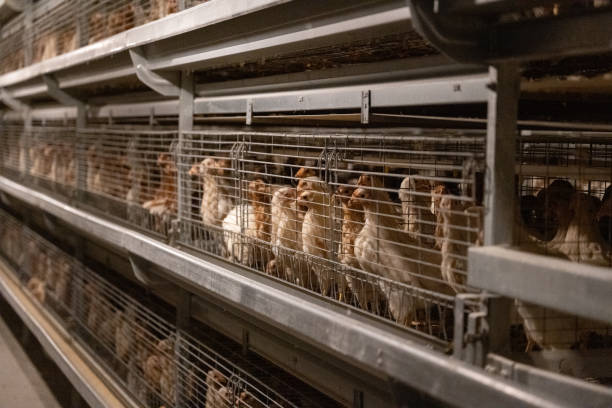
Is training provided after installation?
Yes, we offer online and on-site training for feeding, cleaning, egg handling, and routine maintenance. Our videos are subtitled in Swahili, French, and Arabic for wider accessibility.
How do I choose between egg chicken cages and broiler breeder cages?
Layer cages are designed for hens that produce daily. Broiler breeders are heavier birds — their cages need wider slats and stronger feeders. Don’t mix equipment types; always match the cage to the bird purpose.



